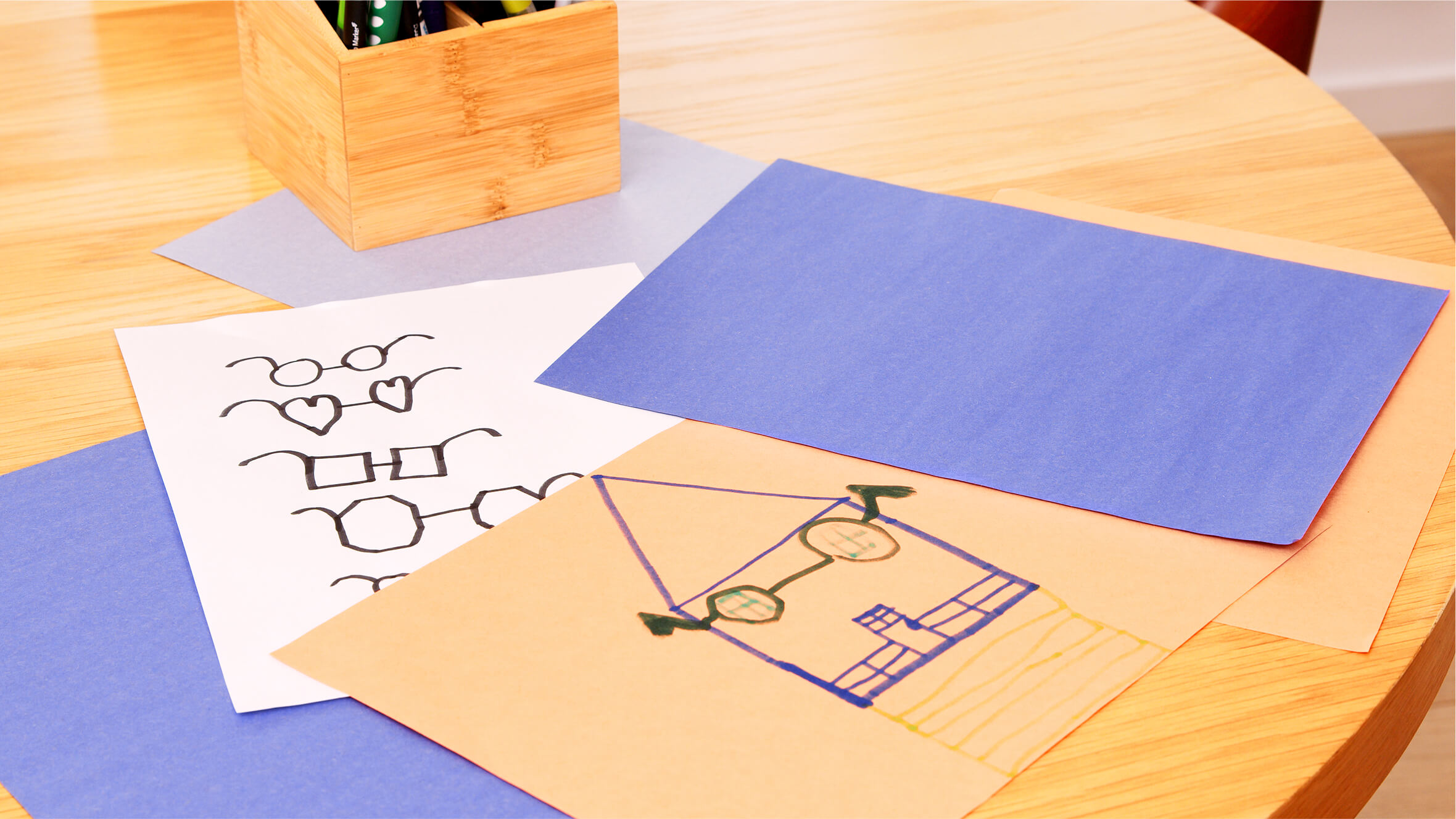Détectez la myopie, ralentissez sa progression
Informez-vous sur les soins de la myopie
Réservez un examen de la vue
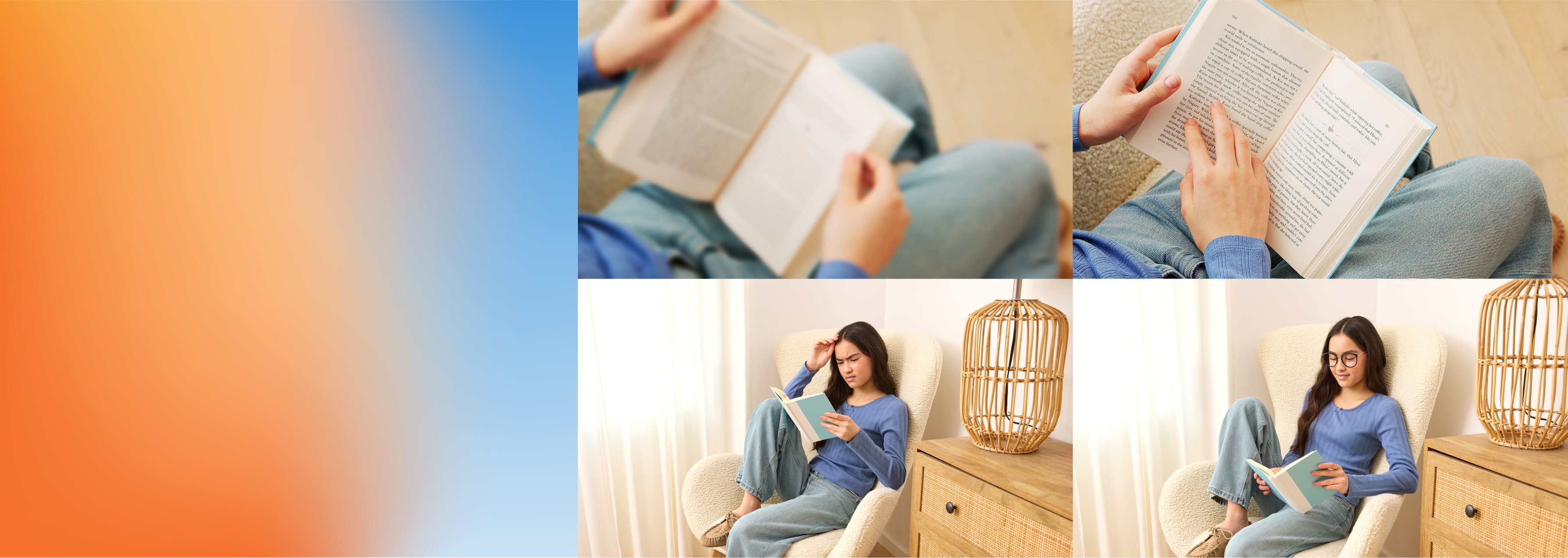
Qu’est-ce que la myopie?
La myopie rend les objets éloignés difficiles à voir clairement (comme un tableau, une télévision ou un panneau de signalisation), alors que les objets proches restent clairs. Elle survient lorsque l’œil est trop long, trop courbé ou les deux.
30 %
de la population mondiale est actuellement touchée par la myopie
50 %
de la population mondiale pourrait être touchée par la myopie d’ici 2050
1 sur 3
enfants développera une myopie au cours de sa vie
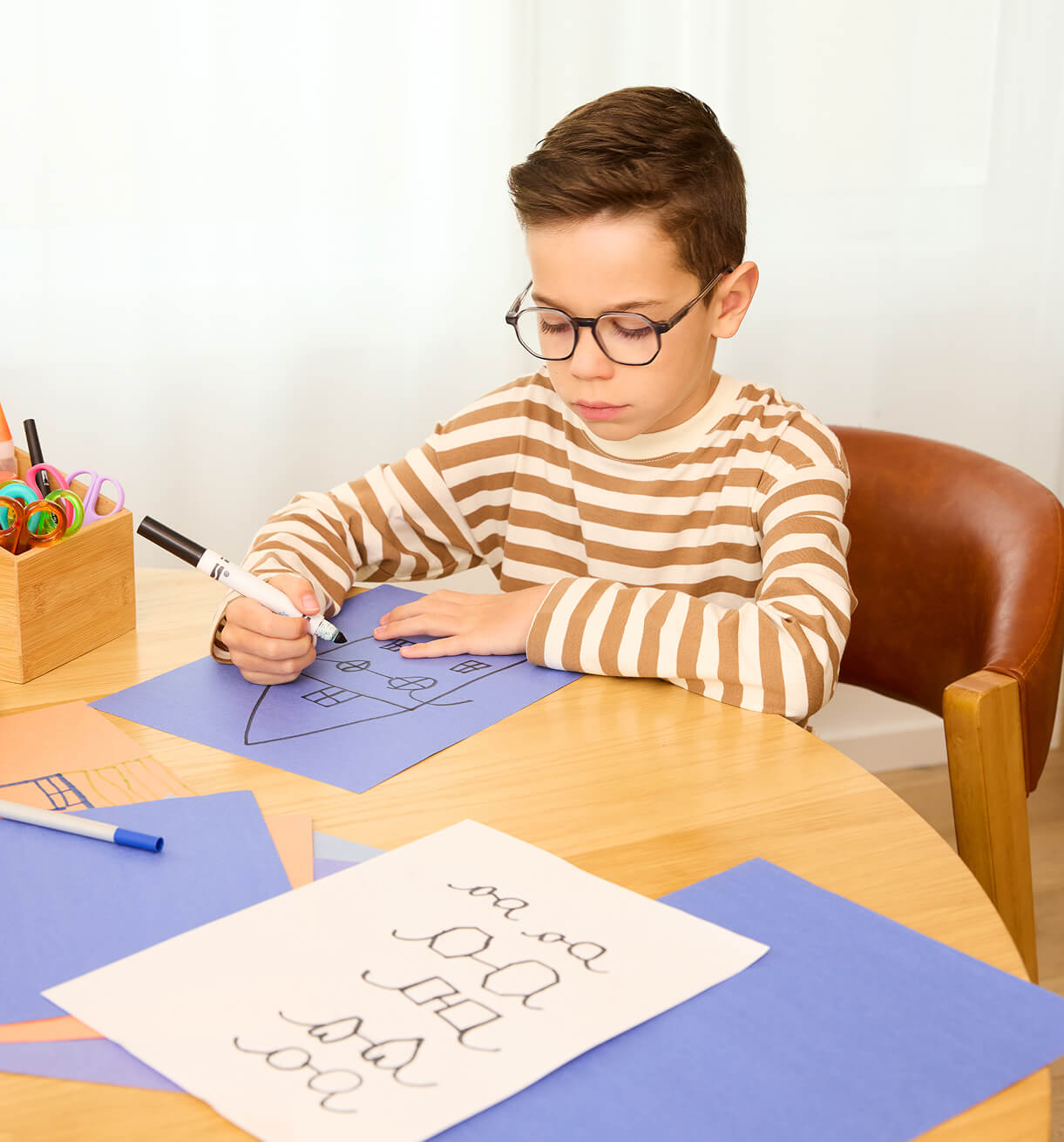
-6
-4
-2
0
Faites glisser la simulation de la myopie
Comment la myopie est-elle détectée?
Il peut être difficile pour un enfant de décrire ses problèmes de vision, et ces troubles passent souvent inaperçus. Si vous remarquez des changements chez votre enfant, planifiez un examen de la vue pour obtenir des réponses claires.
Prenez rendez-vous
Quelles sont les causes de la myopie?
Génétique
Un enfant ayant un ou deux parents myopes a plus de chances de la développer.
Environnement
Un manque d’exposition à la lumière naturelle et un temps accru passé à l’intérieur peuvent contribuer à la progression de la myopie.
Mode de vie
Les écrans font désormais partie du quotidien scolaire. Le travail de près fréquent (sur tablettes ou ordinateurs) est un facteur clé dans l’augmentation des cas de myopie.


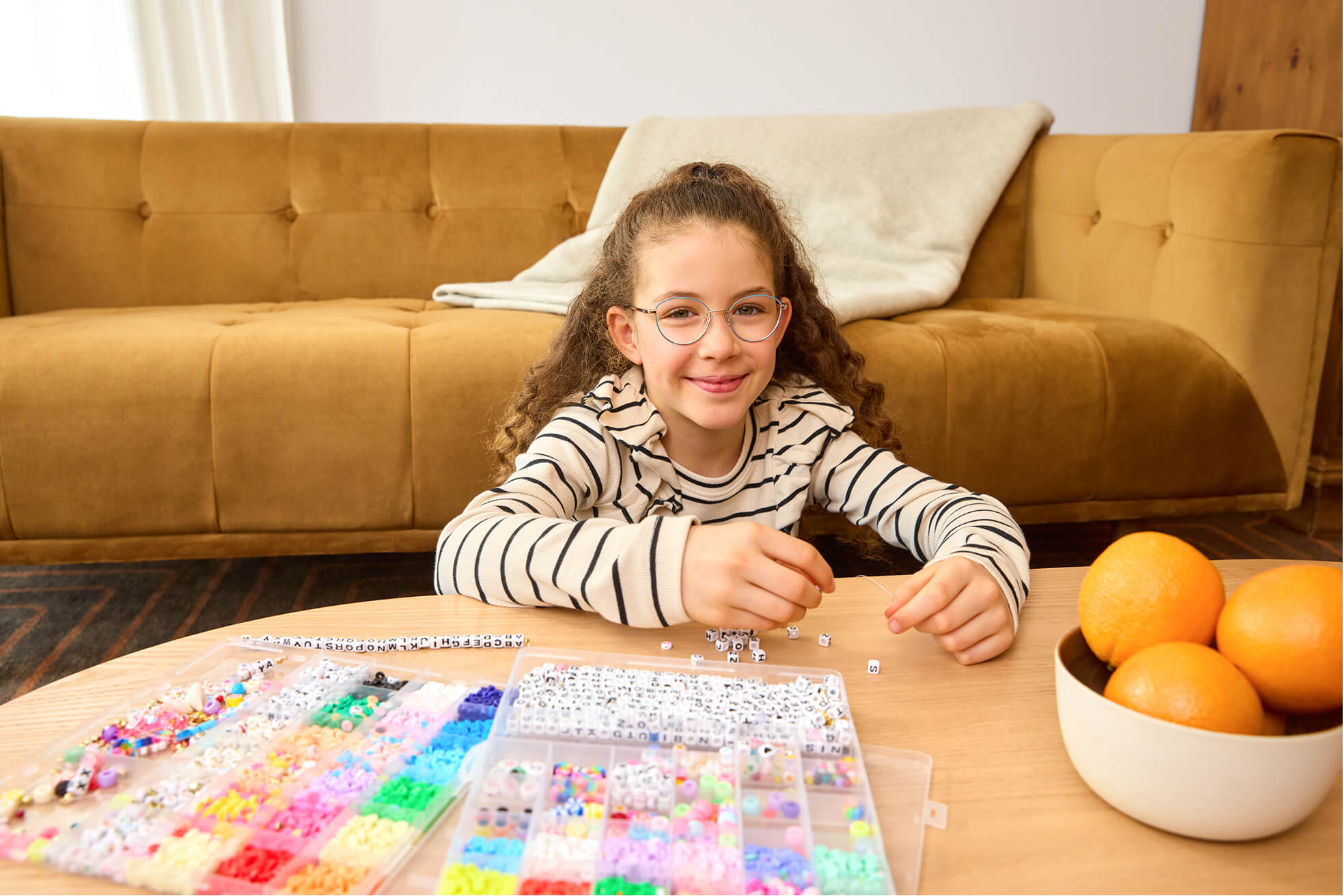

Quels sont les symptômes de la myopie?
Voici quelques signes qui peuvent indiquer un trouble visuel chez un enfant :
s’approcher pour mieux voir (par exemple, de la télévision)
plisser les yeux
se frotter souvent les yeux
maux de tête fréquents
Comment la myopie est-elle traitée?
Il n’existe pas de traitement définitif à la myopie, mais ceux-ci ont beaucoup évolué. Si un diagnostic est posé, votre optométriste pourra proposer un plan personnalisé pour ralentir la progression.
Un plan de traitement peut inclure :
Lunettes pour corriger la vision de loin
Verres de contact souples de jour pour corriger la myopie
Gouttes ophtalmiques pour réduire la fatigue oculaire et ralentir la croissance de l’œil
Verres de contact Ortho-K portées la nuit pour freiner la croissance du globe oculaire
Les yeux de votre enfant sont uniques. Prenez rendez-vous ou visitez l’une de nos cliniques pour en savoir plus.








Comment la myopie est-elle traitée?
Il n’existe pas de traitement définitif à la myopie, mais ceux-ci ont beaucoup évolué. Si un diagnostic est posé, votre optométriste pourra proposer un plan personnalisé pour ralentir la progression.
Un plan de traitement peut inclure :
Lunettes pour corriger la vision de loin
Verres de contact souples de jour pour corriger la myopie
Gouttes ophtalmiques pour réduire la fatigue oculaire et ralentir la croissance de l’œil
Verres de contact Ortho-K portées la nuit pour freiner la croissance du globe oculaire
Les yeux de votre enfant sont uniques. Prenez rendez-vous ou visitez l’une de nos cliniques pour en savoir plus.
Que puis-je faire d’autre pour aider mon enfant?
De simples habitudes peuvent accompagner les soins de la myopie :
Faire des pauses d’écran régulières
Passer au moins 2 heures par jour à l’extérieur
Faire des examens de la vue régulièrement


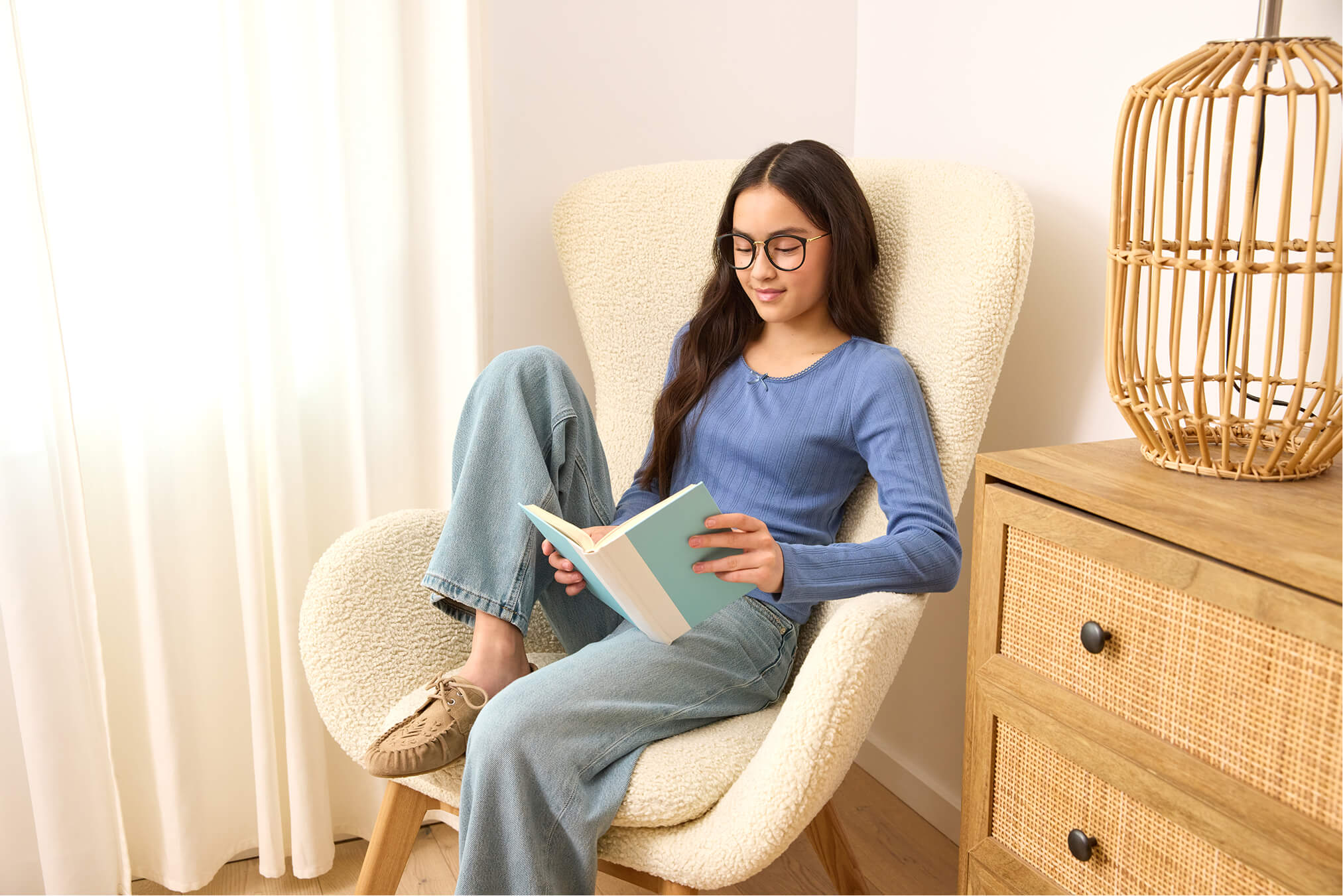

Que se passe-t-il si la myopie n’est pas traitée?
Sans traitement, la myopie peut s’aggraver. À mesure que l’œil continue de croître, la vision devient plus floue et d’autres complications peuvent apparaître. La bonne nouvelle : il existe aujourd’hui des solutions efficaces qui corrigent la vision tout en ralentissant la progression de la myopie.
En savoir plus
La Différence Visique
Avec plus de 60 cliniques à travers le Québec, notre équipe d'experts fournit des soins complets pour la myopie en utilisant les dernières technologies de diagnostic et les options de traitement les plus récentes.

Verres fabriqués au Canada

Verres recommandés par l'optométriste pour vos besoins de vision uniques

Verres personnalisés adaptés à votre style de vie et à vos besoins d'ordonnance

Contrôle de qualité rigoureux pour des verres qui répondent à nos normes

Des mesures numériques précises adaptent les lunettes à votre visage, posture et ordonnance

Plus de 60 cliniques à travers le Québec
La Différence Visique
Avec plus de 60 cliniques à travers le Québec, notre équipe d'experts fournit des soins complets pour la myopie en utilisant les dernières technologies de diagnostic et les options de traitement les plus récentes.



